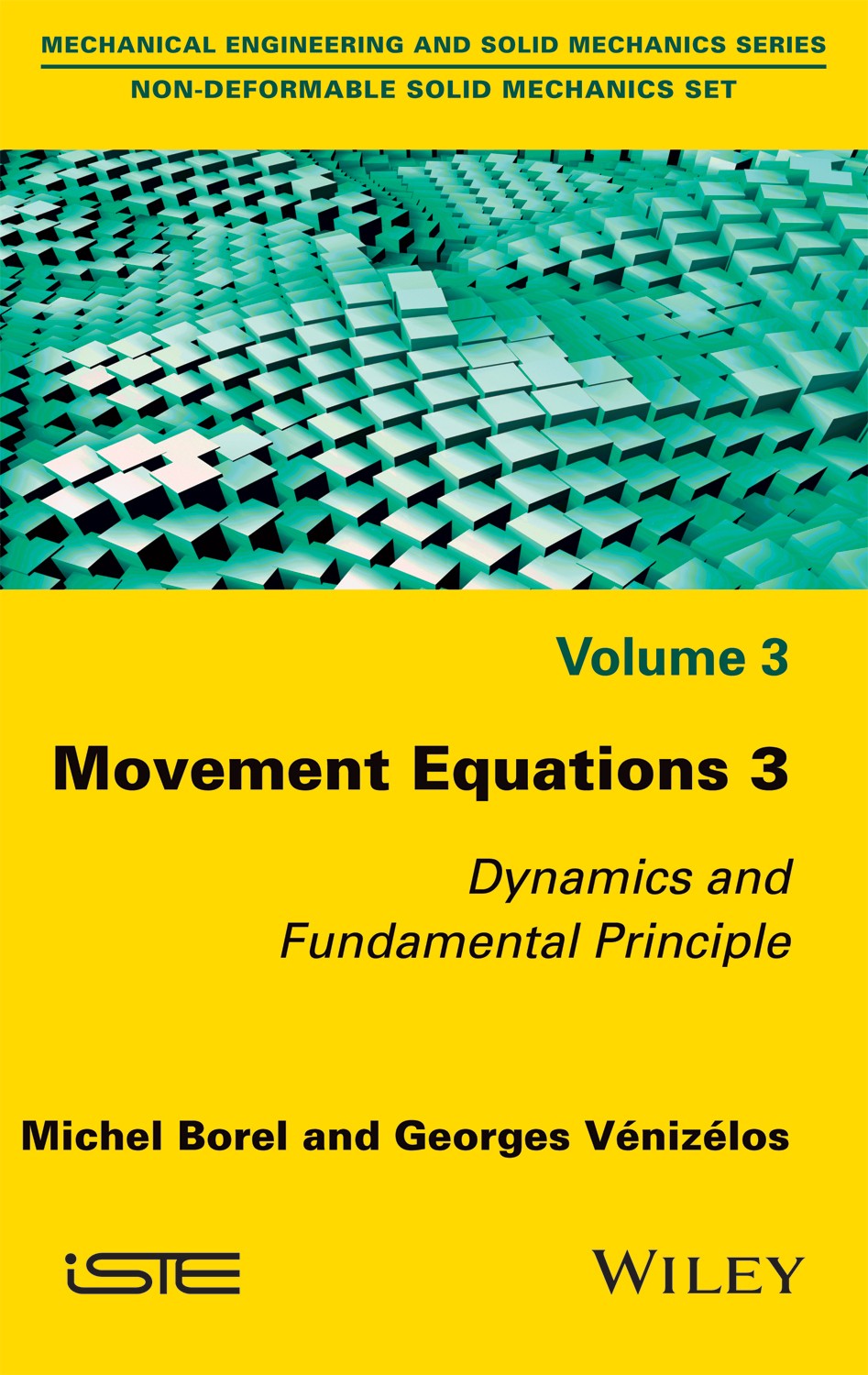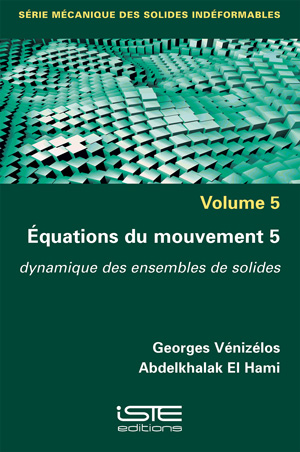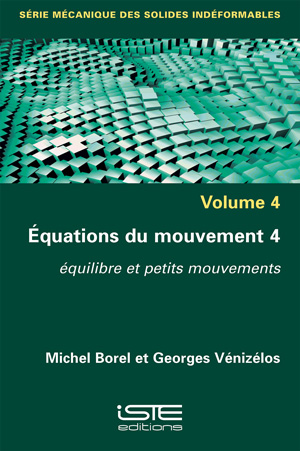
This volume is the focal point of the work undertaken in the previous volumes of this set of books: the statement of the fundamental principle of the dynamics whose implementation, according to two paths whose choice depends on the problem to be treated, leads to equations of motion. In order to achieve this, it is […]
This volume is the focal point of the work undertaken in the previous volumes of this set of books: the statement of the fundamental principle of the dynamics whose implementation, according to two paths whose choice depends on the problem to be treated, leads to equations of motion.
In order to achieve this, it is treated first of all in the context of solids in their environment, as a prerequisite for the formulation of the fundamental principle. Then, in addition to its use in some exercises, the approach is illustrated by three particular cases.
The first is an example where it is developed end-to-end and addresses the two approaches that lead to the equations of motion. The two other examples deal with two classical but important subjects, the movement of the Earth according to the hypotheses that can be stated about it, and Foucault’s pendulum.
1. Fundamental Principle of Dynamics.
2. Solid in Space. Efforts and Links: Power.
3. Scalar Consequences and Movement Equations.
4. Particular Applications.
5. Methodological Formulary.





